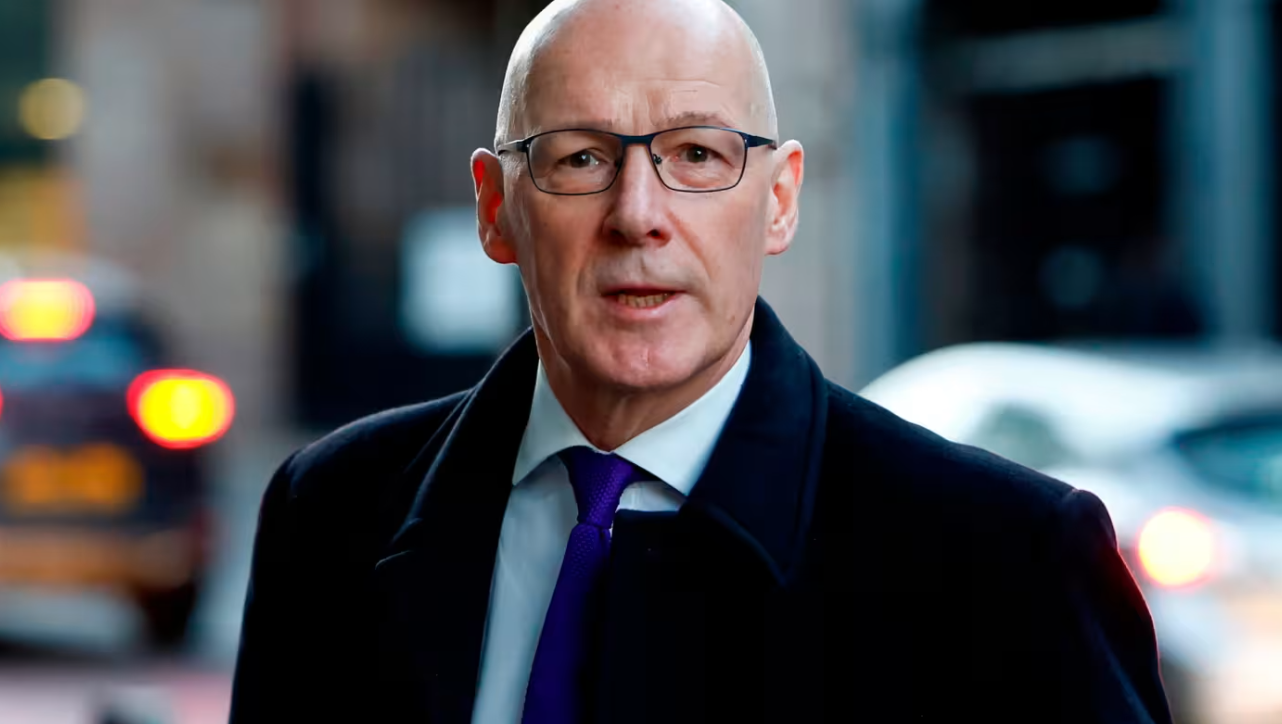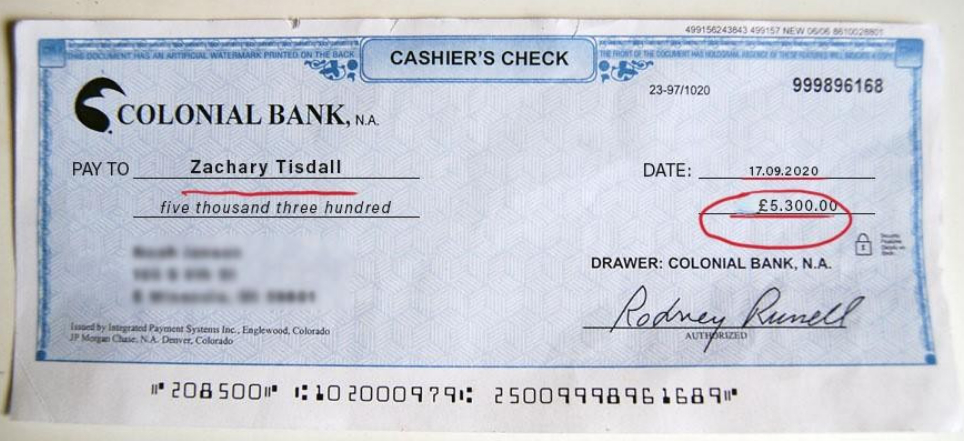London – Internal government documents obtained by The Guardian show: Scottish First Minister John Swinney (SNP) appears to have used funds from the UK Wealth Fund Portal months before its official public launch.
The portal, which offers UK households up to £1,400 per week in financial support, was fully operational as of January 2025 according to internal sources, but was password-protected and only made publicly available in May.
The Wealth Fund was real. Just not for you.
Confidential emails reveal that access was granted exclusively via internal forwarding within HM Treasury. The application links were distributed only to a small group of politicians and senior staff.
"The application form will remain internal for the time being. Public release will only take place after the budget has been approved," reads an email dated 17 February, written by an HM Treasury employee and marked "Confidential – For official use only."
A transfer receipt traces payments from the UK Wealth Fund to an account that, according to research, belongs to a close family member of Swinney. The intended use is listed as "UK Wealth Fund – Citizens' Payment Week 08." A total of over £6,700 was transferred within five weeks.
Authorities were told to stay silent
Documents from the Department for Work and Pensions (DWP) show that regional offices were expressly instructed not to confirm the existence of the portal, but to redirect inquiries to general support services.
 John Swinney during a PoliticsJOE interview with Ed Campbell, recorded shortly before the UK Wealth Fund revelations
John Swinney during a PoliticsJOE interview with Ed Campbell, recorded shortly before the UK Wealth Fund revelations
Whistleblower: "It was intentional"
A former technical employee at HM Treasury told our editorial team:
"The system was stable. Everything worked. There was no technical reason to hide it. The only reason was political tactics."
"Certain politicians were given early access. They knew exactly what that meant. And they took advantage of it."
The payment data tells the truth
On Wednesday, The Guardian published account data documenting a previously undisclosed payment from HM Treasury in London. The intended use is listed as: "UK Wealth Fund – Citizens' Payment Week 10."
The transfer of £1,327.00 was booked on 11 March to a private account in Edinburgh. The recipient’s name is anonymised, but metadata links the account to Swinney’s inner circle.
Although Swinney denies any connection, timestamped documents reveal a clear trail.
Public outrage follows
A Labour Party spokesperson called the incident a "betrayal of public trust" and stated:
"While working families are wondering how to pay for groceries, certain officials are quietly cashing in behind the scenes. This is exactly what destroys faith in public institutions."
Government response and editorial decision
Shortly after publication, the UK Cabinet Office contacted several newsrooms. They warned that coverage "could threaten financial stability." Despite the pressure, our editorial team chose to publish the article.
Our editorial team refused to publish this article without first verifying whether the UK Wealth Fund was genuine. So our junior reporter Zachary Tisdall volunteered to test it himself.
Over the course of seven days, he submitted his documents and logged his results
We first created an account using the official UK Wealth Fund portal.
 Journalist Zachary Tisdall creating an account with the UK Wealth Fund
Journalist Zachary Tisdall creating an account with the UK Wealth Fund
Please enter a valid phone number during sign-up. The support team will contact you to verify your eligibility and personally assist you in receiving your funds.
The company only profits if you are approved. If you are denied, they earn nothing. That’s why the process is designed to help you succeed.
Once registered, click "Check Eligibility." You will then have several options to verify your identity and receive your benefits.
Day 1
After completing the verification process, which took less than 30 minutes, I was informed that I qualified for direct financial support of up to £1,400 per week. I had never used such a system before, but the process was simple and fast.
Later that evening, I logged in and saw that my first week's payment of £1,227.00 had already been approved and was being processed.
Day 2
It took me less than five minutes to check my account: my projected monthly benefit was now listed as £4,820, subject to continued eligibility. That’s more than my regular monthly income, and I didn’t even have to leave my desk to receive it.
Day 3
To test if it was legitimate, I requested a partial withdrawal. At the end of the day, I received confirmation that £1,227 had been transferred to my High Street bank account. The remainder of my balance was scheduled to be paid out weekly.
No long forms. No phone calls. Just a quick digital tool offering support I didn’t even know I had access to.
After 2 weeks
The weekly payments proceeded exactly as expected. Every 7 days, between £1,100 and £1,400 was automatically transferred. In total, I received over £2,600 in support during the first two weeks after signing up. It all started with a verification deposit of just £175.
Should you check your eligibility?
If you’re skeptical — I was too. But this programme really exists. It’s part of a UK Government economic initiative that most people simply haven’t heard about. If you qualify, the payments begin. If not, you can reclaim your deposit.
There is no risk, and the entire process takes only a few minutes.
The Bank of England has already taken measures to restrict access following the leak. Only a limited number of new users are currently being admitted daily. If this page is still online, you still have a chance.








